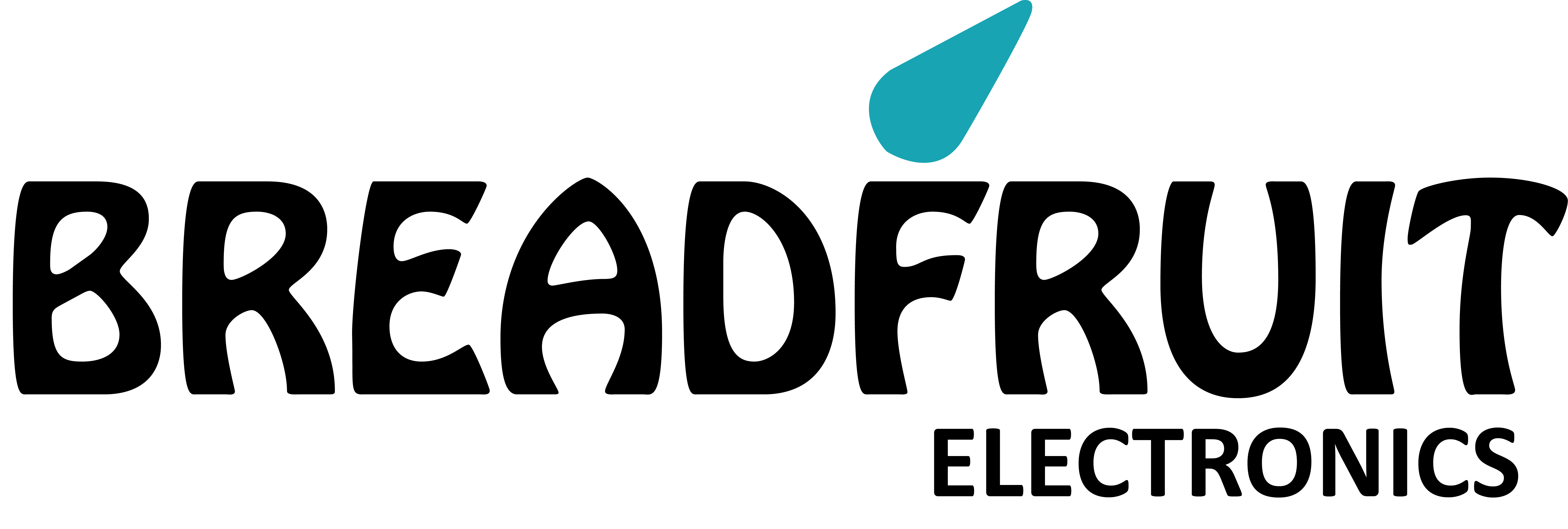
However, stock dividends can dilute the value of each share, potentially affecting the stock price. Dividend accounting is the process of recording, classifying, and reporting dividend transactions and payments made to shareholders. The impact of dividends on share prices depends on the types of dividends being paid out. Cash dividends tend to have a positive effect on share prices as investors are immediately rewarded for their investment. Stock dividends can also increase the value of shares, but it depends on how well the company performs in the future and whether or not the new shares will be worth more than originally purchased. Property and scrip dividends may also have an impact depending on their market value at the time of payout.
More About Stock / Share Market
- Understanding how dividend payments work is essential for anyone interested in investing in or analyzing dividend-paying businesses.
- In this article, we will delve into the world of dividend accounting, exploring its definition, types, and importance.
- For instance, large payouts can lower the equity base, potentially increasing leverage if not offset by adequate earnings or capital injections.
- On the other hand, the dividend yield is calculated by dividing total dividends per share (DPS) by the market price per share.
- It is important to note that Covid-19 led the company to cut the payment for the first time since the World War II.
During this period, the company’s stock may trade “ex-dividend,” signaling that new buyers are not entitled to the declared dividend. Dividend accounting significantly influences corporate strategies and investor decisions. As companies distribute profits to shareholders, understanding this process is essential for stakeholders aiming to maximize their investments. Explore the nuances of dividend accounting, from types and processes to their impact on financial statements and reinvestment strategies. Once stock dividend is what type of account dividends are paid for, the amount is subsequently reduced from the Retained Earnings and increased in the Common Stock account. Therefore, stock dividends do not change the asset side of the balance sheet.
Chronology of Dividend Issue

This is done by debiting the Dividends Payable account and crediting the Cash account. This entry effectively reduces the company’s cash balance, as the funds are transferred to the shareholders, and eliminates the liability that was previously recorded. A dividend is a portion of a company’s profits that is paid out to its shareholders. When a company accumulates retained earnings, management can choose to reinvest in the business to fuel growth, pay off debts, or save for future needs. Alternatively, management can decide to share some of these profits with shareholders.
trademarks of Intuit Inc. Terms and conditions, features, support,

For accounting purposes, dividends are a reduction in the retained earnings or profits of a company. This is explained more fully in our retained earnings statement tutorial. When cash dividends are declared, if there is any preferred stock outstanding, the dividends have to be applied to the preferred stock first. We’ll tackle that in the next section after you check your understanding of accounting for cash dividends in general. Dividends are typically distributed to shareholders on a quarterly basis, although some companies may choose to distribute dividends on an annual or semi-annual schedule.

This payment is often deposited directly into your bank account, so there’s no need to take any action on your part. For companies, the tax implications of paying dividends can also be accounting significant. While dividends are not tax-deductible expenses, meaning they do not reduce the company’s taxable income, they can influence the company’s overall tax strategy. For example, companies may choose to retain earnings and reinvest them in the business to defer taxes, rather than distributing them as dividends. Accounting for stock distributions requires careful handling of their impact on financial statements.
- The main source of finance for companies, especially small-size companies and startups, is equity finance.
- Many investors choose to reinvest their dividend income to buy more shares of the same stock.
- Knowing the types of dividends available can help you make a well informed decision about investing in stocks.
- However, the shareholders of the company must also approve of the dividends before the company pays them.
- Companies also grant physical assets, real estate, investment securities, etc., to their shareholders.
- Some companies might also follow a fixed dividend policy, paying a set figure per share instead of basing dividends on the payout ratio.
The Impact of Dividends on Value
- Explore the nuances of dividend accounting, from types and processes to their impact on financial statements and reinvestment strategies.
- So, each shareholder will receive Rs 50 (500 Cr / 10 Lakhs) as their dividend per share.
- Differentiating between qualified and non-qualified dividends is essential, as it determines the applicable tax rates.
- Dividend income from mutual funds and stocks held for more than 12 months is exempt from tax up to a certain limit.
- Any net income not paid to equity holders is retained for investment in the business.
- Compounding over years can vastly increase your shares and the worth of your investment.
When the number of shares decreases, Record Keeping for Small Business the denominator in EPS (net earnings/shares outstanding) decreases; thus, EPS increases. Corporations are frequently evaluated on their ability to move share price and grow EPS, so they may be incentivized to use the buyback strategy. Dividends are mostly declared by the board of directors of the company in annual general meetings before they are paid out.
